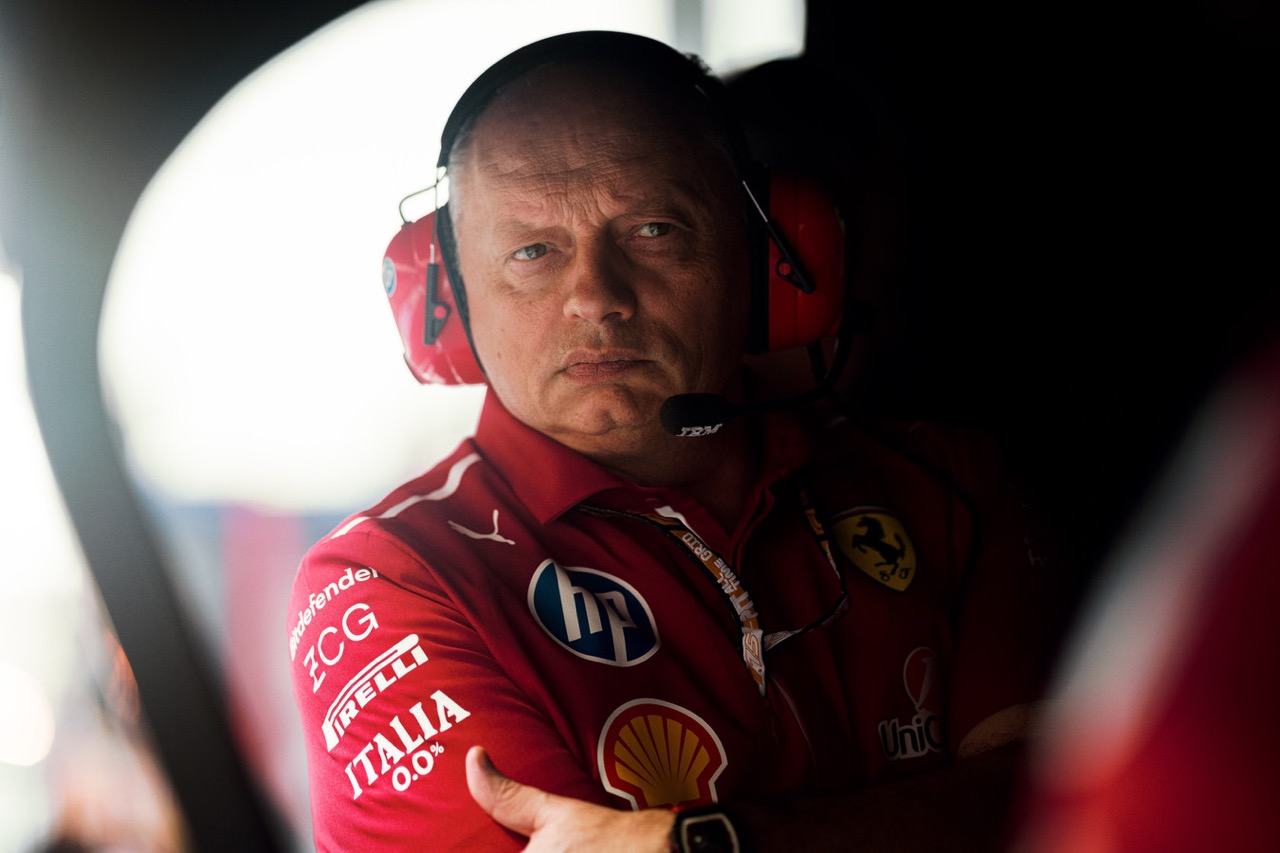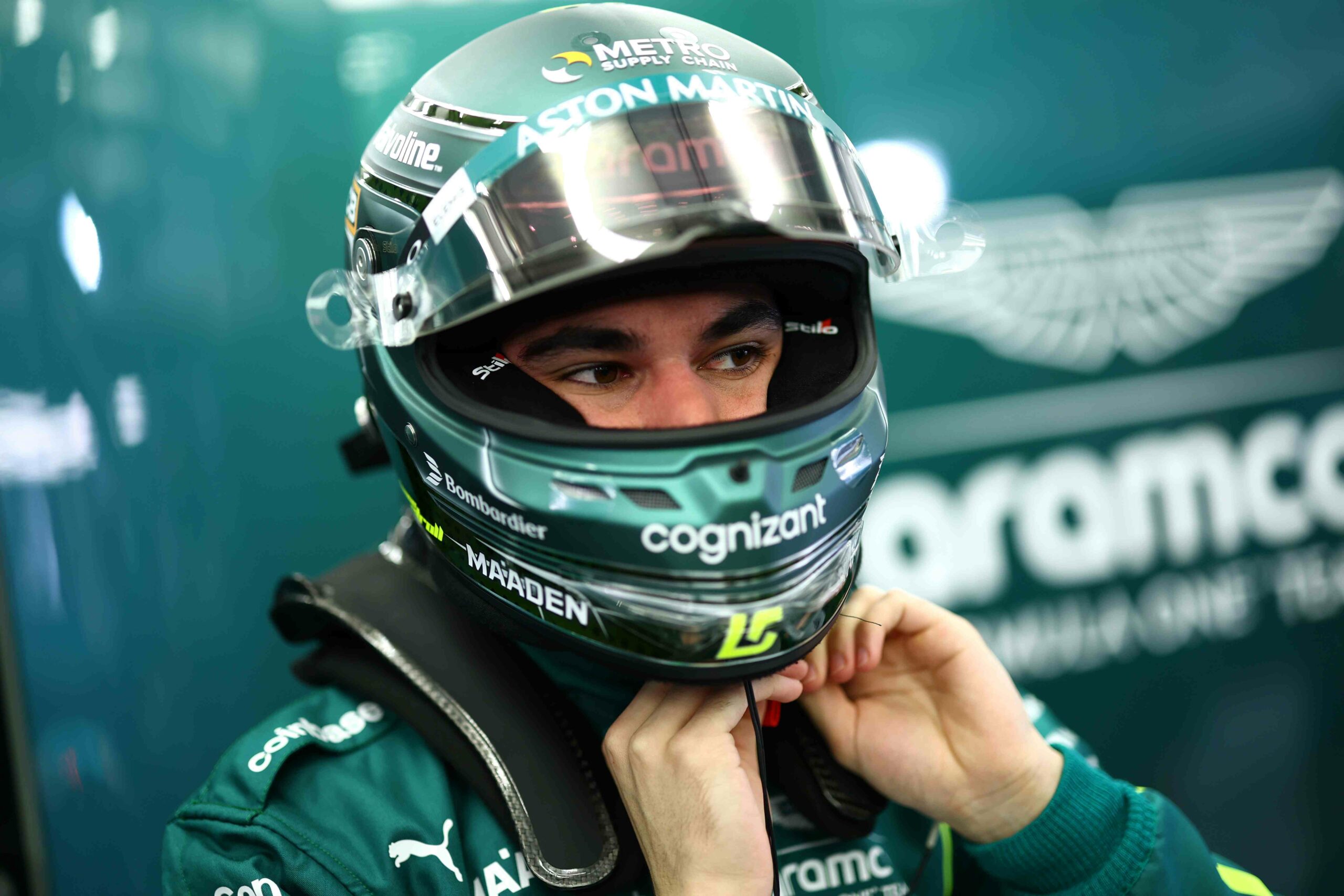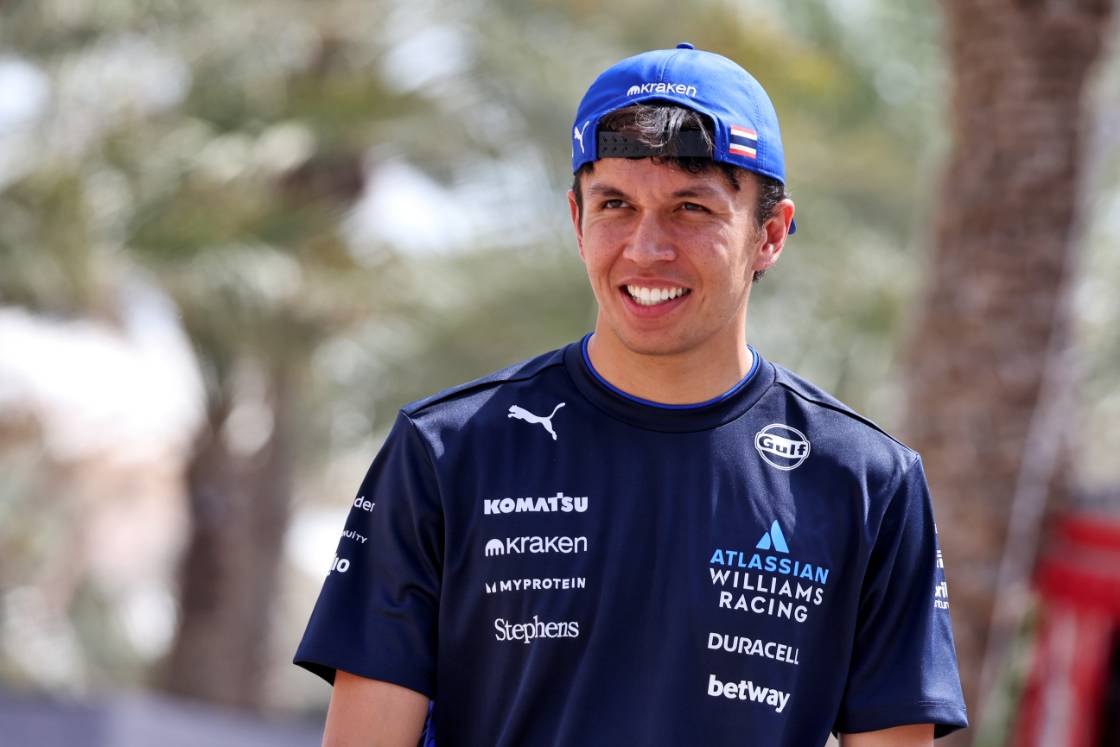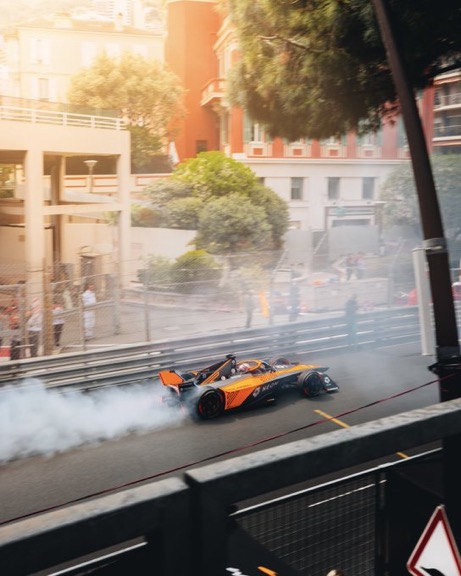Two “big ones” characterised the Firestone GP, at St. Petersburg and showed how IndyCar’s safety measurements save drivers’ lives.The Firestone GP at St. Petersburg, on Sunday, March 5th, was a weekend marked by big crashes. On the first lap, a big pileup took out five cars, with Devlin Defrancesco going airborne, and on lap 42, Kyle Kirkwood also went airborne after crashing on the back of Jack Harvey’s Rahal. Of the 27 cars to take the green flag, only 12 finished on the lead lap.After turn 1, at the first lap of the race, Scott Dixon and Felix Rosenqvist were dueling over seventh place when the six-time champion made contact with the #6. The touch meant the Arrow McLaren driver made contact with the outside wall and damaged his suspension.
In an attempt to avoid the limping McLaren, Will Power slowed down, which caused a chain reaction that ended with Santino Ferrucci slamming into the rear of Helio Castroneves. The Brazilian spun and that in turn made Devlin Defrancesco spin as well.
Simon Pagenaud and rookies Sting Ray Robb and Benjamin Pedersen couldn’t avoid, with the Meyer Shank crashing into the inside wall, Sting Ray having a minor crash with Castroneves’ rear wheel and Pedersen crashing at well over 100mph into Defrancesco’s car, sending the Canadian airborne a few meters high.
Ed Carpenter Racing’s Conor Daly could just avoid the pileup and said on social media: “Never heard anything like that impact before. Felt like it was right next to my face. Glad they’re ok.”
His onboard shows how high and how fast Devlin’s car went.
The red flag was shown and the race was stopped for around 30 minutes so the five cars could be removed from the track.
After the race, Benjamin Petersen’s damaged car videos shocked the fans as they saw the damage made to the no. 55’s nose and aeroscreen. The video posted by NTT IndyCar Series president Jay Frye shows that, without the safety device, Defrancesco’s Andretti would have made contact directly with Pedersen’s helmet, and a driver that exited the car on his own feet, could’ve left the accident scene in a much worse condition.
Pederson shared his view with the media: “Coming around Turn 2, I saw what looked like regular race traffic with how it normally stacks up a bit, and then came out of 3 which is a blind corner and high-speed, in fourth or fifth gear, well over 100mph.
“When I got through the apex of Turn 3, it was carnage.
“I’m healthy, luckily I got my hands off the wheel. The aeroscreen took a big hit so that did its job. I know some of the other drivers were sore, so I hope they’re doing well.
“These cars are fortunately very safe, knock-on-wood, and how far the safety has come.”
Sting Ray Robb was able to continue on the Grand Prix and ended up in 16th place. The race was able to continue until a yellow was caused by Kyle Kirkwood and Conor Daly on lap 37.
When the race restarted on lap 42, Rinus VeeKay and Josef Newgarden were fighting over 12th place. On the braking zone of turn 4, the Dutch lost his braking point and crashed into the tyre barrier.
Jack Harvey behind wasn´t able to avoid and Kyle Kirkwood, going even quicker, wasn´t able either. The new Andretti driver slammed the Brit’s rear and went over both cars.
The AutoNation #27 was able to continue running but the other drivers were forced to retire. Jack Harvey had to go through medical checkups and was cleared. All three drivers were okay.
“Really disappointing way for our race to go. I really couldn’t avoid Rinus and then just had a little bit of pain in both wrists when I tried to get out of the car,” said the Rahal Letterman Lanigan driver. “Obviously is a tough race but I felt great, so it’s disappointing.”
The Firestone GP was real proof of the way that IndyCar’s safety has developed over the years. What could’ve been a disaster ended with all the drivers going home unharmed and ready for the next round at the Texas Motor Speedway in April.





